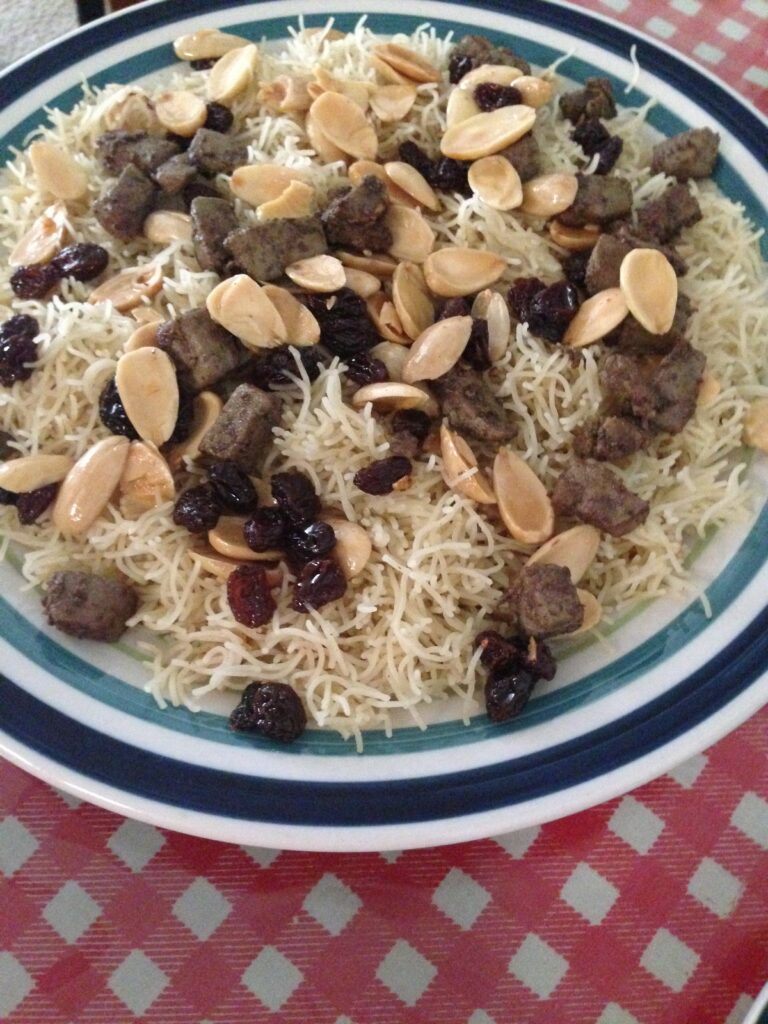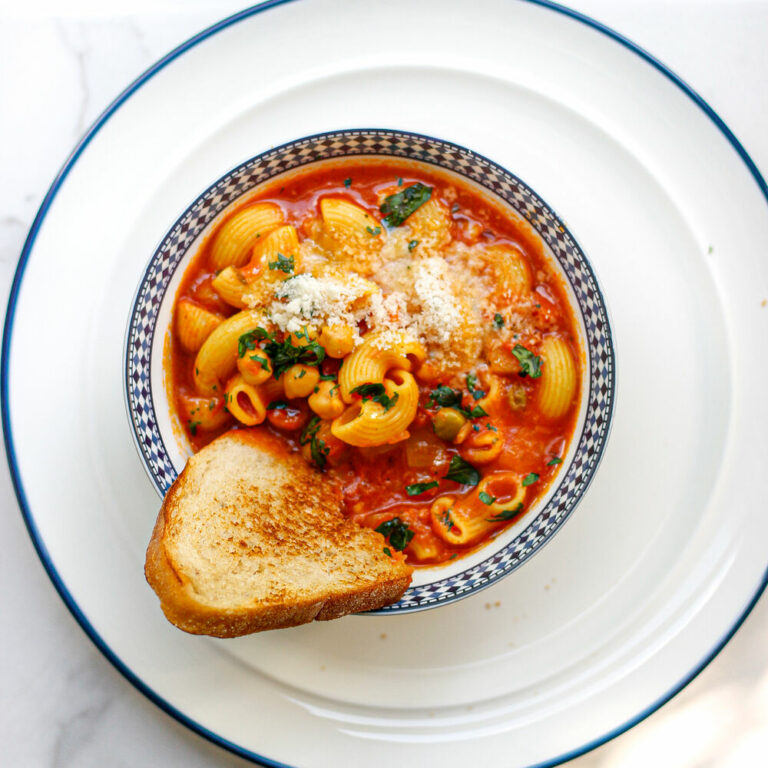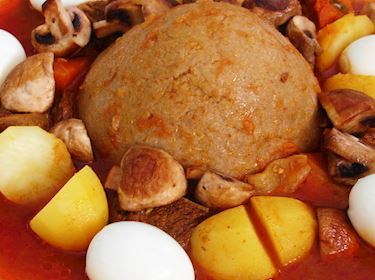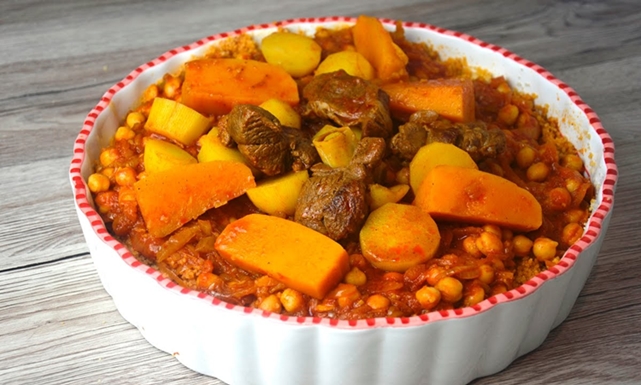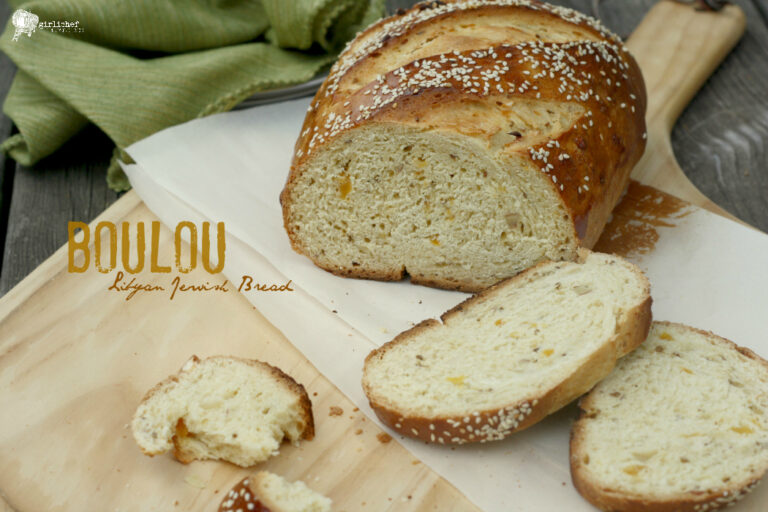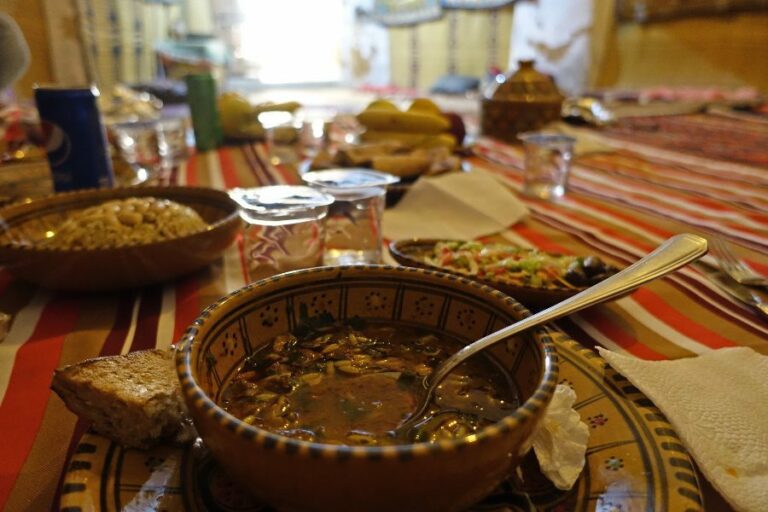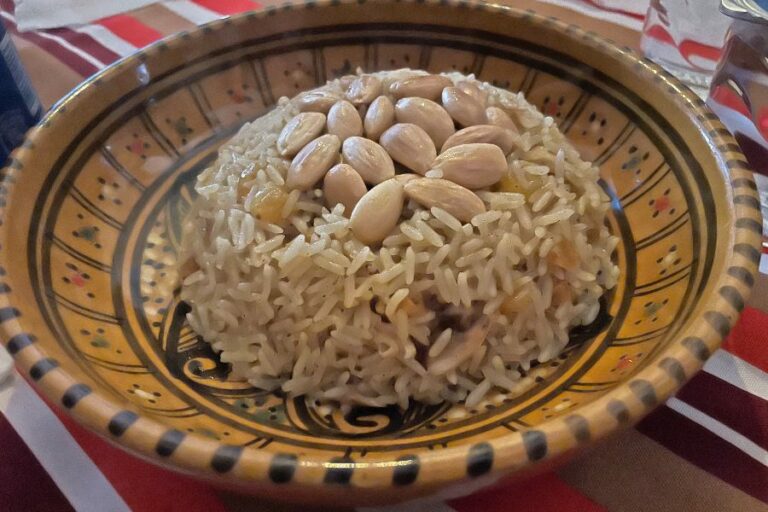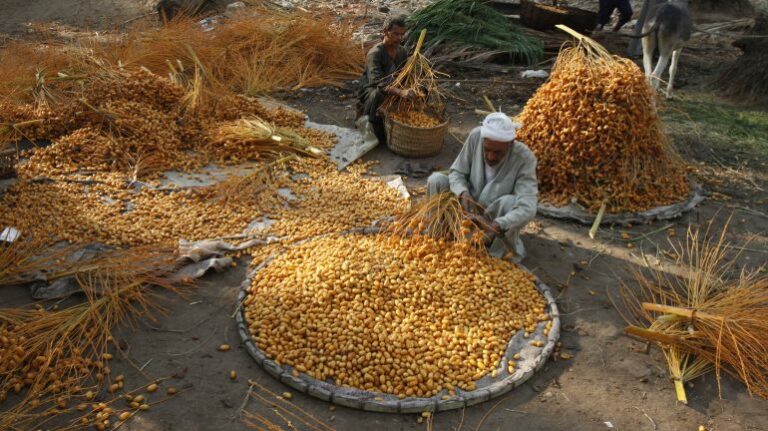Introduction: Libyan Cuisine
Libyan cuisine is a blend of North African, Mediterranean, and Arab culinary traditions. It is characterized by the use of fresh vegetables, meat, and spices. The most common spices used in Libyan cuisine are cumin, coriander, cinnamon, and chili. The cuisine is also known for its use of olive oil and dates.
Northern Libyan Cuisine
Northern Libyan cuisine is influenced by the Mediterranean and consists mostly of seafood dishes. The region is known for its grilled fish, shrimp, and octopus. One of the most popular dishes in the north is couscous, which is served with vegetables and meat. The cuisine also features a variety of stews, such as harisa and bazeen.
Eastern Libyan Cuisine
Eastern Libyan cuisine is heavily influenced by Arab and Egyptian cuisine. The region is known for its lamb dishes, which are usually slow-cooked with spices. One of the most popular dishes in the east is shakshuka, which is a dish made of eggs, tomatoes, and spices. The cuisine also features a variety of soups, such as bisara and shorba.
Western Libyan Cuisine
Western Libyan cuisine is heavily influenced by Berber and Mediterranean cuisine. The region is known for its use of chickpeas and lamb in their stews. One of the most popular dishes in the west is maqrouna, which is a dish made of pasta and tomato sauce. The cuisine also features a variety of bread, such as khobz and bazeen.
Southern Libyan Cuisine
Southern Libyan cuisine is heavily influenced by Tuareg and Saharan cuisine. The region is known for its use of dates and honey in their dishes. One of the most popular dishes in the south is taguella, which is a type of bread made with millet. The cuisine also features a variety of stews, such as asida and haneeth.
Conclusion: Regional Variations in Libyan Cuisine
In conclusion, Libyan cuisine is diverse and has distinct regional variations. The cuisine is influenced by North African, Mediterranean, and Arab culinary traditions. The northern region is known for its seafood dishes, while the eastern region is known for its lamb dishes. The western region is known for its use of chickpeas and pasta, while the southern region is known for its use of dates and honey. Regardless of the region, Libyan cuisine is characterized by its use of fresh ingredients and spices.

